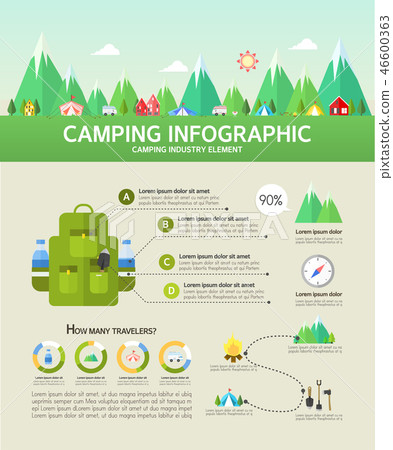Experience Lasting Results Through Selling Camping Tents Online
Experience Lasting Results Through Selling Camping Tents Online
Blog Article
Does Your Backpacking Tent Need a Footprint?
A footprint is costly and includes additional weight to your knapsack. It additionally isn't specifically durable.
What is Boutique Camping?
Ultimately, whether or not a camping tent footprint is required depends upon where and exactly how typically you're camping. Generally, it's a great idea to use one if you camp on abrasive surfaces or in wet conditions.
Tents with Lower Deniers and Water-proof Rankings
Outdoors tents with reduced deniers and water resistant scores have a tendency to be lighter, however they can likewise be much more delicate. They may require more frequent repairs and have much less indoor room than harder designs. If you're a laid-back backpacker who likes to take a trip rapid and light, this may be fine; however, more experienced walkers understand that sacrificing resilience can feature large repercussions down the trail.
The denier and waterproof ranking of an outdoor tents's cover, rainfly, and floor can aid you establish its livability. Seek higher-denier materials on the canopy and rainfly, as well as taped seams that aid protect against water from leaking with stitches. Some producers even make use of warmth and sealer during building and construction to produce a stronger seam; these are called bonded seams.
The livability of a tent can also be established by its flooring dimensions and ability. An outdoor tents's floor should be a little smaller sized than the footprint to prevent water from merging under the sanctuary.
Camping Tents in Rough Terrain
Several backpacking camping tents include a footprint made particularly for their model, which helps make certain a correct fit and safeguards the tent's base from wetness and sharp objects. Other makers offer universal impacts that can be reduced or folded to match an outdoor tents's measurements.
The type of surface you'll come across is another important factor to consider for choosing an outdoor tents. For example, if you'll be camping in a canyon or gully, seek a shelter that can take care of strong winds. These problems produce turbulence that can make the distinction between appreciating your camping area or suffering pain.
The capability and peak elevation of a camping tent give you a great idea of its livability, yet extra factors to take into consideration include vestibules (the area of the rainfly covering the doors) and general storage room. For instance, during our wintertime testing of the Marmot Tungsten, its charitable 93-by-82-inch floor conveniently dealt with 4 sweaty backpackers and their puffier shoulder period sleeping bags while still leaving enough space for gear and individuals.
Tents in Damp Conditions
Even if your outdoor tents appears completely dry, moisture prowls in the nooks and crannies. Gradually, it can degrade the textile. That's why it's so important to capitalize on rest days to deep-clean your camping tent and its parts, such as zipper linings, stake loops and adjustable webbing bands.
Also, make certain to pitch your tent in a level area, not a divot or concave area, to make sure that ground water doesn't gather in between the camping tent flooring and footprint or tarpaulin. And if you're using a footprint, take into consideration a custom-cut one developed for your outdoor tents's layout. It won't gather rain the method a common ground cloth or tarpaulin can.
Practice establishing and taking down your camping tent in the house before you hit the road, to obtain a feel for exactly how promptly and successfully you can do it. Also, method surveying your tent in different surfaces to see just how easy it is (or isn't) to do in bad climate condition.
Tents in High-Rise Situations
Outdoors tents vary in floor size and livability. For instance, a huge tent with double doors and vestibules like Marmot's Tungsten can take care of four backpackers without needing acrobatics to get in and out or to keep equipment.
The minimum path weight requirements is the best spec to contrast versions, as it includes the bare fundamentals: outdoor tents body, rainfly and poles. However remember that the spec omits camping tent risks, individual lines and stuff sacks.
A lot of backpacking outdoors tents can hold up canvas glamping tent to a light summer storm, yet some can be swept away by gale-force gusts. Look for a design with solid posts, a raised bathtub-style floor and joint taping to reduce the possibility of water leaking via. Pricier designs likewise often tend to include stronger materials that can withstand the effect of particles and other forces.
What is included in glamping?
